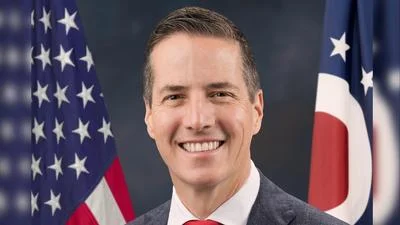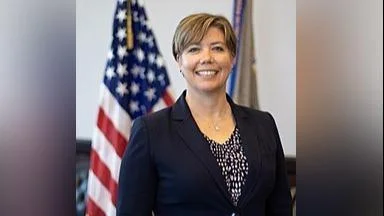Roughly 1 in 535 Cleveland homes are in the process of foreclosing. | Mikhail Nilov/Pexels
Roughly 1 in 535 Cleveland homes are in the process of foreclosing. | Mikhail Nilov/Pexels
According to recent numbers released by RealtyTrac, Cleveland leads the nation's major cities in foreclosures.
News 5 Cleveland reports that Ohio is one of the states with the sharpest foreclosures, according to information from ATTOM, parent company for RealtyTrac, an online marketplace for foreclosed properties. And getting a lower interest rate to hold onto a home isn't easy.
"Certainly for those folks that may be able to refinance their mortgage and get lower rates and thus a lower monthly payment that ship has sailed, and it's likely going to be a while until we see lower rates,” Michael Goldberg, of Case Western’s Weatherhead School of Management, told News 5 Cleveland.
According to ATTOM's latest quarterly report, roughly 1 in 991 housing units in Ohio had started the foreclosure process, which is nearly double the national average of 1 in 1,795 foreclosure filings. In Cleveland, the number was much higher with 1 in 535 units in foreclosure, and the city is at the top of the list for foreclosures among cities with populations over 200,000.
In the first quarter of 2022, News 5 Cleveland reports 50,759 U.S. properties across the nation are in process of foreclosing. The number of foreclosure filings is up 67% from the previous quarter and up 188% from last year.
According to News 5 Cleveland, numbers across the country have risen 181% since last March, and one of the primary reasons for the sharp increase in foreclosures is the end last August of a federal moratorium on foreclosures, which was put in place during the COVID-19 pandemic.
"During the pandemic, a lot of federal government programs aimed at making sure that the economy stayed strong have gone away, and a lot of experts are saying that in particular is the reason that we're seeing the spike in foreclosures,” Goldberg told News 5 Cleveland. "Folks that are paying more at the pump or at the grocery store for groceries and gas to get themselves to work are having to make very hard decisions about where scarce dollars will go toward and they're running behind on their mortgage payments."
The nation is also facing soaring levels of inflation which usually triggers the Federal Reserve to raise interest rates, and that would also hurt struggling homeowners, News 5 Cleveland reports.
Goldberg said the impact could be especially hard on those who financed their homes with Adjustable Rate Mortgages (ARMs).
"Foreclosure activity has continued to gradually return to normal levels since the expiration of the government's moratorium, and the Consumer Financial Protection Bureau's (CFPB's) enhanced mortgage serving guidelines," Rick Sharga, executive vice president of market intelligence for ATTOM, said. "But even with the larger year-over-year increase in foreclosure starts and bank repossessions, foreclosure activity is still only running at about 57% of where it was in Q1 2020, the last quarter before the government enacted consumer protection programs due to the pandemic.”






 Alerts Sign-up
Alerts Sign-up